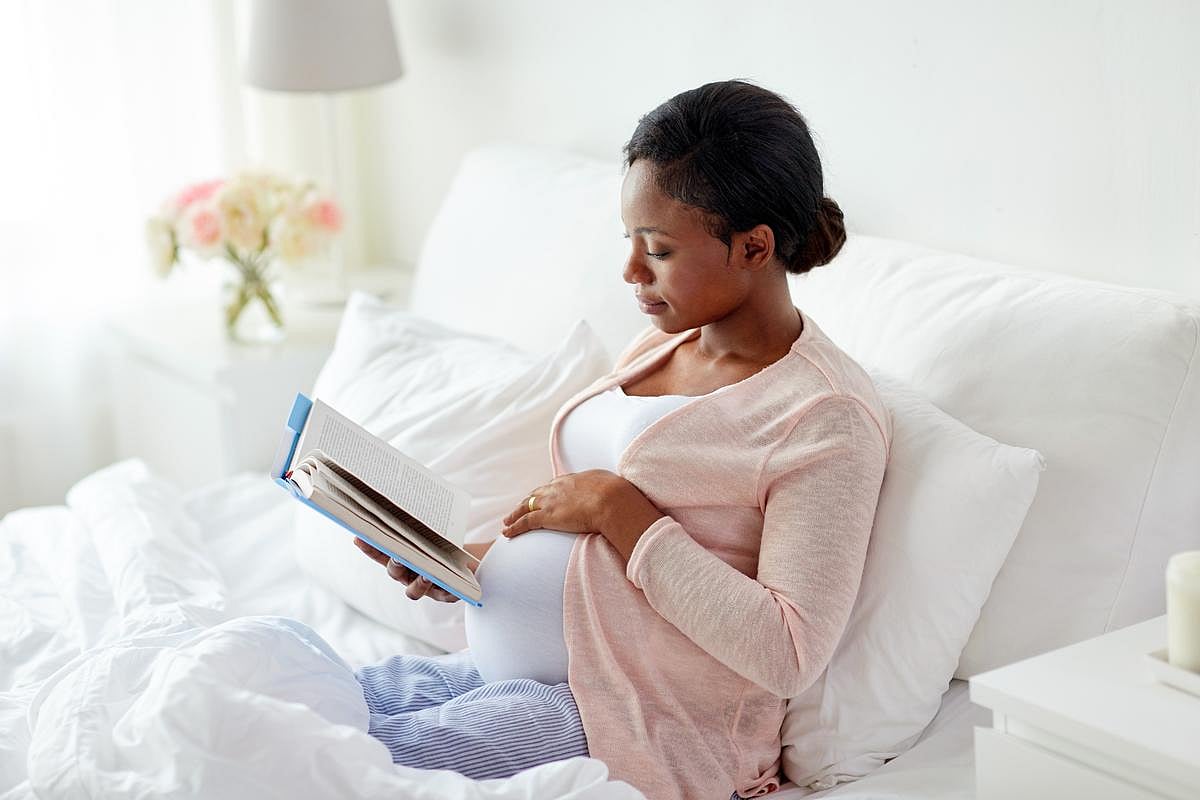Get Healthy!

- Carole Tanzer Miller
- Posted November 19, 2024
Want to Lower Chemical Exposures in Pregnancy? Quit Nail Polish, Makeup and Hair Dye
Women who won't leave the house without makeup or a spritz of hairspray may want to think twice about those habits when they're pregnant or breastfeeding.
New research links these and other personal care products, including hair dyes, fragrances, lotions, moisturizers and nail polishes to higher levels of so-called PFAS "forever chemicals" that are harmful to health.
Researchers report in the November issue of the journal Environment International that they found significantly higher levels of these synethetic chemicals -- called per- and polyfluoroalkyl substances (PFAS) -- in the blood and breast milk of women who used the products during pregnancy.
Because they resist water, oil and heat, PFAS have been used in consumer products and industry since the mid-20th century, researchers said in background notes. Over the years, they have been linked to many health issues, including heart problems, liver disease and cancers.
The new study suggests that exposure to PFAS during pregnancy could lead to variety of health issues for babies. They include preterm birth and lower birth weight, as well as neurodevelopmental disorders -- even a poorer response to vaccines, said study author Amber Hall, a postdoctoral research associate at Brown University School of Public Health in Rhode Island.
"People who are concerned about their exposure to these chemicals during pregnancy or while breastfeeding may benefit from cutting back on personal care products during those times," Hall said in a university news release.
Her team analyzed data from a study conducted between 2008 and 2011 of 2,000 pregnant women in 10 Canadian cities. The data included measurements of PFAS levels in the blood at six to 13 weeks of gestation and in breast milk after the birth.
Participants self-reported how often they used eight types of products during their first and third trimesters, as well as one to two days postpartum and then again, at two to 10 weeks after giving birth.
At all points, higher use of nail care products, fragrances, makeup, hair sprays, gels or dyes was associated with higher levels of PFAS in the blood. Results for third-trimester use and breast-milk concentrations were similar.
By way of example, researchers noted that pregnant women who wore makeup every day in their first and third trimesters had higher levels of PFAS than those who didn't. Those who used permanent hair color one or two days after delivery had 16% to 18% higher levels of PFAS in their milk.
But Hall cautioned that the study probably underestimated the extent of PFAS exposure. It examined only four types of forever chemicals among thousands deployed in industry and commerce.
She conducted the investigation with the director of children's environmental health at Brown, Joseph Braun, who has studied health effect of PFAS chemicals for more than a decade.
"Not only do studies like these help people assess how their product choices may affect their personal risk, but they can also help us show how these products could have population-level effects," he said. "And that makes the case for product regulation and government action."
More information
The U.S. Environmental Protection Agency has a PFAS explainer.
SOURCE: Brown University, news release, Nov. 12, 2024





